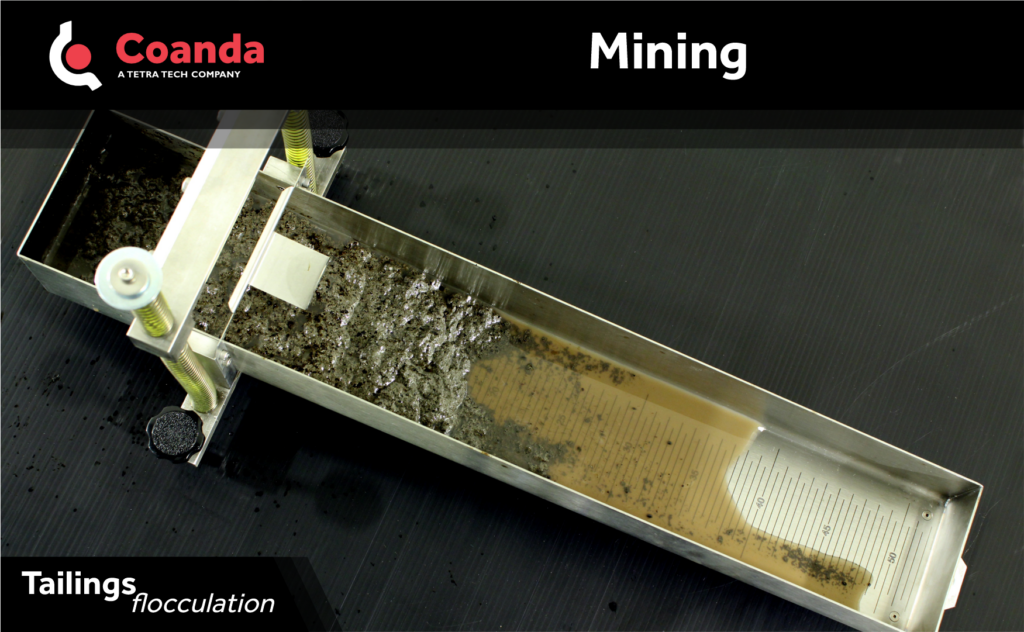Tailings Flocculation
Posted on September 10, 2024 Mining
Mining is a fundamental activity for extracting valuable resources from the Earth, including minerals, metals, and fossil fuels. These resources are essential for various industries, such as manufacturing, construction, energy production, and technology. After extracting valuable resource from ore, what remains are tailings. The global volumes of tailings, mainly from gold, iron, coal, phosphate, copper, and oil sands, reach staggering figures, ranging from hundreds of millions to over a billion tons annually. Management of these tailings poses environmental challenges due to their compositions and scale.
Historically, tailings found their destination in ponds or designated storage facilities, commonly called Tailings Storage Facilities (TSFs). Extending the operational lifespan and storage capacity of TSFs necessitates the application of diverse engineering, operational, and management strategies. In tailings treatment, employing various dewatering techniques emerges as a key approach. These methods reduce water content, resulting in drier and more stable tailings that enhance the operational life of a TSF. One notable method in the treatment of tailings is flocculation. In this process, specific chemicals are introduced into the tailings slurry, prompting the fine particles to aggregate into larger particles. This aggregation facilitates rapid settling and dewatering, leading to more rapid formation of a denser, more stable tailings deposit.
We are proud to share our experience with Tailings Flocculation. The process begins with polymer selection. Leveraging years of experience, we assist clients in choosing the most suitable polymers for their unique tailings composition while optimizing mixing and dosage conditions. The process continues with scale-up, designing field flocculation systems and creating field monitoring systems, ensuring a vigilant oversight of on-site performance, and delivering real-time data essential for informed decision-making. We also incorporate advanced modelling techniques to forecast deposit performance over the short- and long term.



